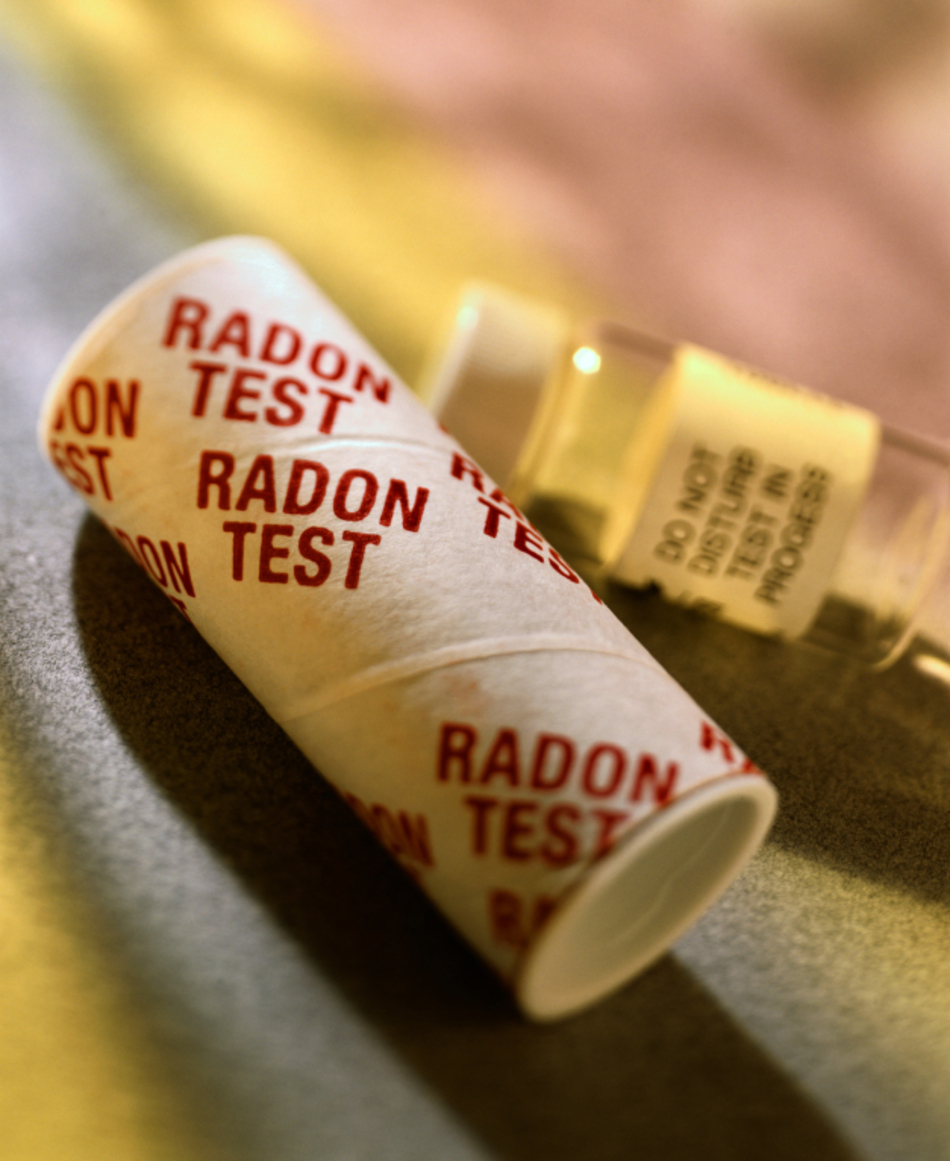Episode Transcript
Scot: We all know the number one cause of lung cancer but do you know what number two is? That's coming up next on The Scope.
Announcer: Medical news and research from University Utah physicians and specialists you can use for a happier and healthier life. You're listening to The Scope.
Scot: Smoking is the number one cause of lung cancer but what about number two? Dr. Wallace Akerley from Huntsman Cancer Institute, what is the second cause of lung cancer?
Dr. Wallace Akerley: Well radon is the second leading cause of lung cancer in the United States, probably responsible for approximately 20,000 cancer deaths per year. People aren't aware of it. It's a silent killer. Its radioactivity, it seeps up from the ground and it stays in closed spaces. It can sit in your house. If anyone inhales it this radioactive material sits on your lung surfaces and it causes lung cancer. So first off people don't know that it causes lung cancer and secondly they don't know that it's around.
Scot: Sure. And here in Utah from what I understand it's quite a bit worse than a lot of other places in the United States.
Dr. Wallace Akerley: We've done testing in the state and been able to collect that data and it seems one in three houses in the state of Utah has excessive levels of radon.
Scot: So exactly how dangerous is radon?
Dr. Wallace Akerley: It's mostly dangerous if you don't know that it exists. One has to test for it and you can find that it's there. I work in a lung cancer clinic and I see patients with lung cancer every day. The majority of the patients I see actually are no longer smokers but we see maybe a third of patients who have never used a cigarette in their life. And people just assume lung cancer and cigarettes go together but in this circumstance radon is a very big cause, maybe 15% of all lung cancers in the United States are due to radon.
Scot: If my level of radon is high does that pretty much guarantee me that I'm going to be getting lung cancer? I mean, at the end of the day I see its high, how concerned do I really need to be?
Dr. Wallace Akerley: It depends on whether you're a smoker or not a smoker. If you are a non-smoker it gives you a lifetime risk of approximately 1%...
Scot: Okay
Dr. Wallace Akerley: ...chance of developing lung cancer. On the other hand, if you're a smoker there's terrible synergy unfortunately and your risk goes up about eightfold.
Scot: And it sounds like testing is the best first step.
Dr. Wallace Akerley: It's the only first step. You have to know that it exists and one can measure it quite easily. In fact, the majority of the states in the US have laws that require testing or at least that people be made aware. The state of Utah has called on all businesses, institutions, physicians, schools, etcetera to go out and have your houses tested.
Scot: Is it something I have to hire somebody to do or can I get a testing kit on my own?
Dr. Wallace Akerley: Testing kits are easy to obtain and easy to perform. So the Department of Environmental Quality has made arrangements for a test to be provided to residents of the state at a low cost. Radon.utah.gov. At that website one can sign up for a test and the test costs $7. Basically it's a canister, you put it in your basement, keep it two feet from the floor or the ground. Open it up, leave it there 48 hours, send it in. A result will come back to you and it will tell you if your levels are high, normal or excessive and whether you should do something about it or not.
Scot: So my levels are high let's say in the test. What do I do then?
Dr. Wallace Akerley: It's actually fairly easy to fix. Sometimes something as simple as sealing your basement will help out. More often than not though some sort of a remediation or mitigation test has to be performed. What they do is they put a pipe that goes from below your basement to the roof of the house and it eliminates the radon gas that would seep up to your house, it lets it bypass the house going through the pipe.
Scot: Do you know, right now is that part of building code or is that something I have to tell my contractor if I'm getting a new house, "I want this."
Dr. Wallace Akerley: You will find some contractors tell you.
Scot: Okay.
Dr. Wallace Akerley: Because it is something they offer that others don't but it is not part of code.
Scot: Okay, all right. Do you have any final thoughts on the topic of radon?
Dr. Wallace Akerley: Most important issue is to be aware that it exists. If you know that it exists you can do something about it. The test can be obtained at radon.utah.gov and they are very, very cheap. If you go to the local store it'll be much more expensive.
Announcer: We're your daily dose of science. Conversation. Medicine. This is The Scope. University of Utah Health Sciences Radio.
